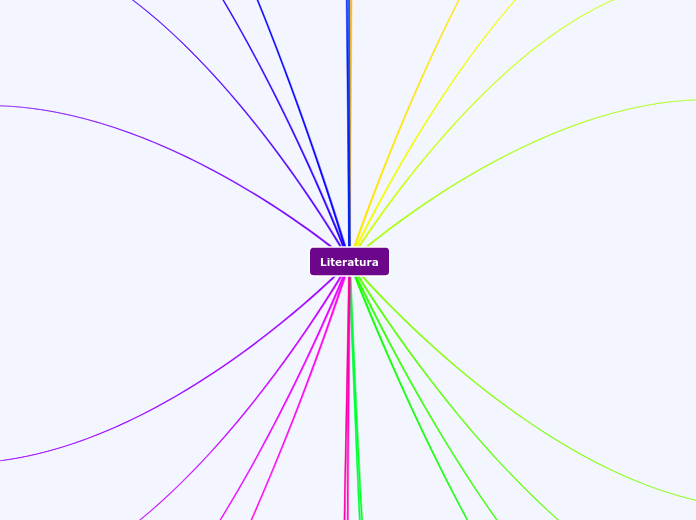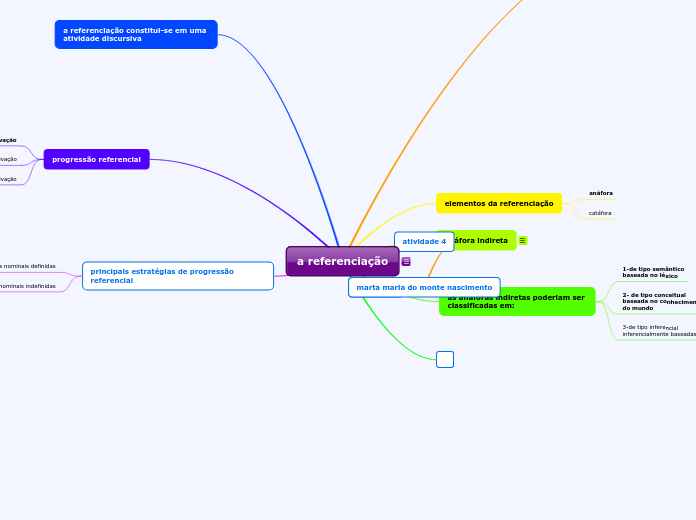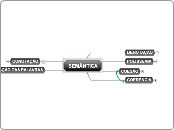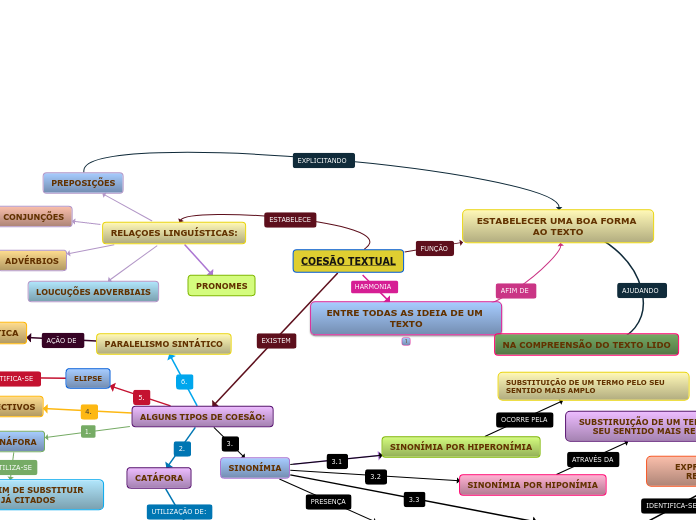COESÃO TEXTUAL
To name your story, you have to think about the overall message and what you want your audience to understand from the story. Also, make it relevant and easy to remember.
Conceito
The ending of a story is essential. We all know that if the ending is weak, what happened before loses its importance. So make it unpredictable, but fair. A resolved ending answers all the questions and ties up any loose threads from the plot.
Conexões gramaticais existentes entre palavras, orações, frases e parágrafos
Marcadores de coesão
The middle of the story is where you add layers of complications that will lead to the end. Reveal more about the character's journey. Did their personality go through changes? How did they overcome the challenges? And as you build up the story’s central conflict, make it more personal to that character. Also, from the middle act, you have to lead into the final act.
Conectivos
Indica a linha argumentativa do enunciador
Contudo
Pois
Mas
Esclarecimento das relações semânticas implícitas
Elipse
Omissão de um elemento que repetiria o referente
Sinonímia
There wouldn't be any tension and excitement in your story if there weren't any obstacles in your character's way.
Relação de sentido entre palavras de sentidos semelhantes
A story is nothing more than a character overcoming a series of difficulties to reach the desired goal. Obstacles usually create suspense and conflict. In overcoming obstacles, there is growth: weak becomes strong; hatred turns into love; sadness into happiness; wrong into right; lies into truth; or evil becomes good.
See a few examples below:
- stopping a meteor
- finding a killer
- finding love
Peso Argumentativo
Hiponímia
Hiperonímia
Catáfora
Your character(s) need(s) motivation in order to solve the challenge(s).
Remissão para frente
Secondary characters might also have motives that lead them to cross paths with the main character or which might trigger them to help the main character.
Remete a um termo que ainda será mencionado
Why does your character need to confront this challenge? What does he/she expect to accomplish by solving it?
See a few examples:
- will marry in 3 days
- can fix the mistakes of the past
Isto
Todos
Ele
Anáfora
Each story has a main character and that character usually needs to solve a problem or challenge. The character's challenge is the one that creates tension throughout the story.
Remissão para trás
Type in any other challenges which other characters in the story need to face.
Remete a outro termo já mencionado
In most stories, there are 3 challenges. The number 3 is a mystical number symbolizing completeness. Try to come up with interesting challenges with which your character needs to struggle.
See a few examples below:
- turns into a werewolf at night
- is sent back in time
Essas
Aquela
Suas
Analisa aspectos relacionados a
In the beginning of the story (or the exposition), you will need to introduce the setting and characters. You might also want to introduce the main conflict. This part of the story is important because it gives the reader necessary background information and maybe even a first insight into a character’s personality.
Elementos de referência interna e externa
Conectivos e seus efeitos
The setting (time & place) of a story can change throughout the plot.
Seleção e combinação lexical
Characters are essential to a good story. Usually, the protagonist(s) is/are the most affected by the plot. Introduce a character by focusing on their actions, interests, and occupation, as the physical appearance doesn't make a difference in most cases.










